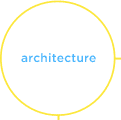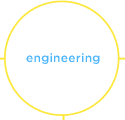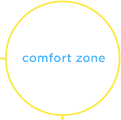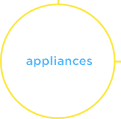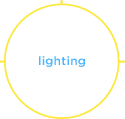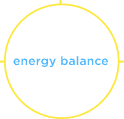| |
Sunlight, moonlight, and electric light all contribute to the livability and environment of a dwelling, inside and out. Lighting systems should be designed to minimize energy use by maximizing the contribution of daylighting and by using controls to minimize the use of electric illumination. This contest evaluates the quantity and quality of the lighting in the houses both day and night. Points will be awarded on a team’s ability to provide acceptable lighting levels for specified durations. A jury of lighting experts will award points on the basis of subjective evaluations of the teams’ lighting system designs."
- Contest Regulations, pg. 7(PDF 216K)
The MIT Solar 7 house will decrease its electrical load by aesthetically using a
combination of fluorescent light and LED's. Where possible, LED's will affect
the ambient lighting of the house, while variable intensity flourescent lights
provide additional Lumens as needed throughout the day.
During the daytime the MIT Solar 7 house will rely on ambient light delivered
through its upper windows to provide a comfortable level of illumination.
|

